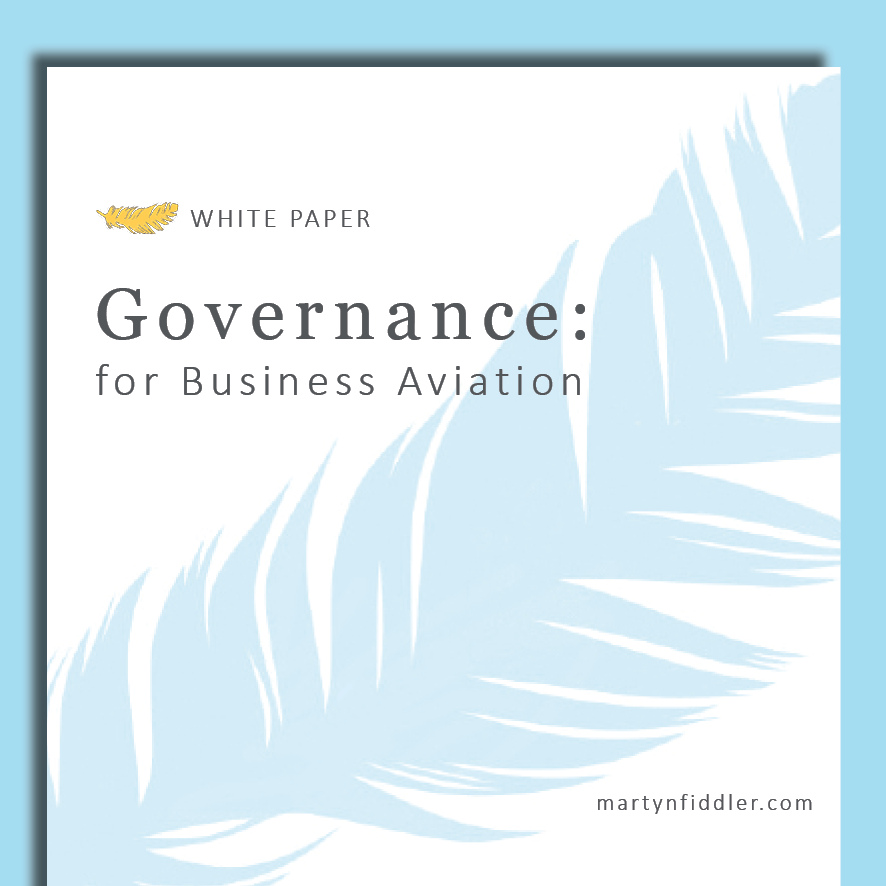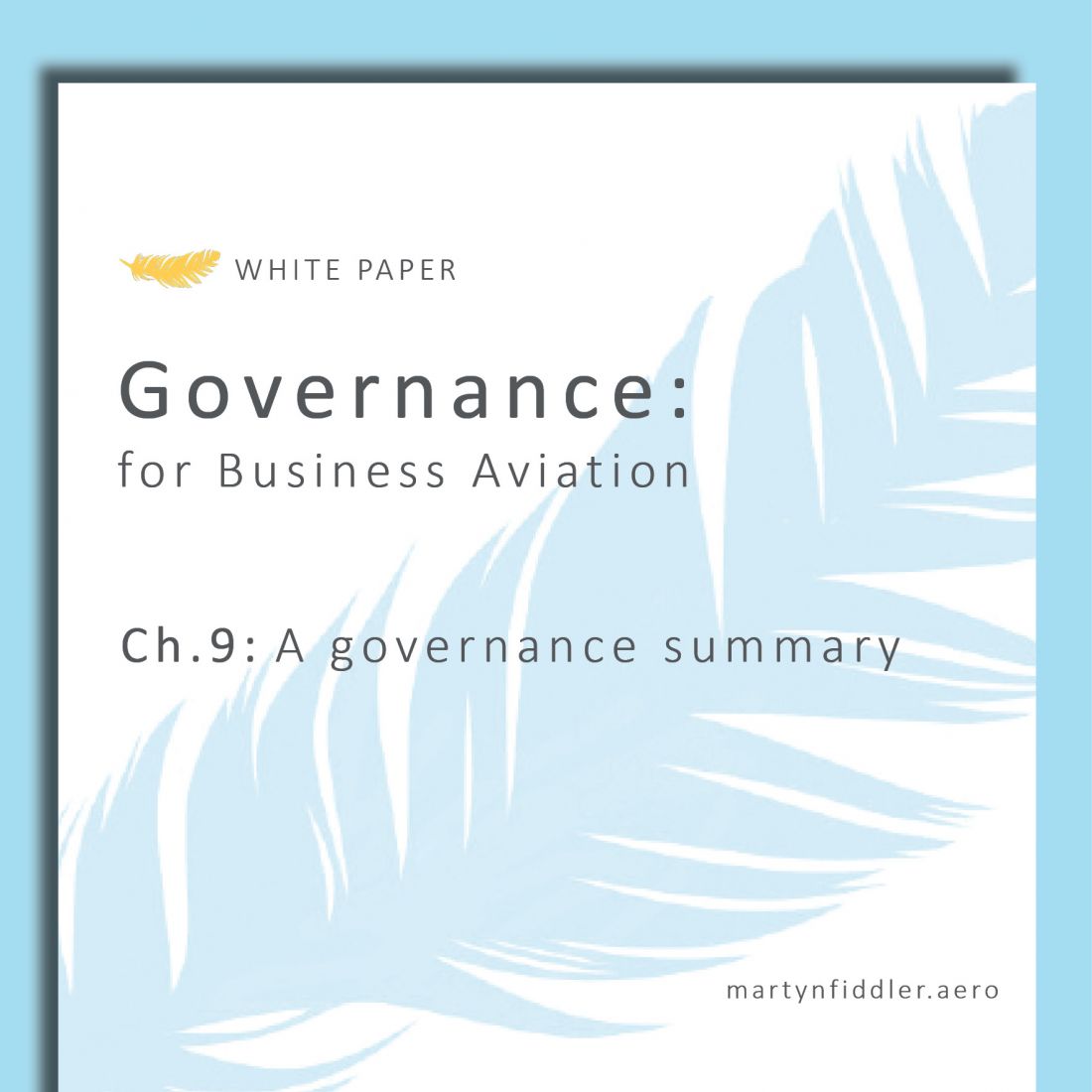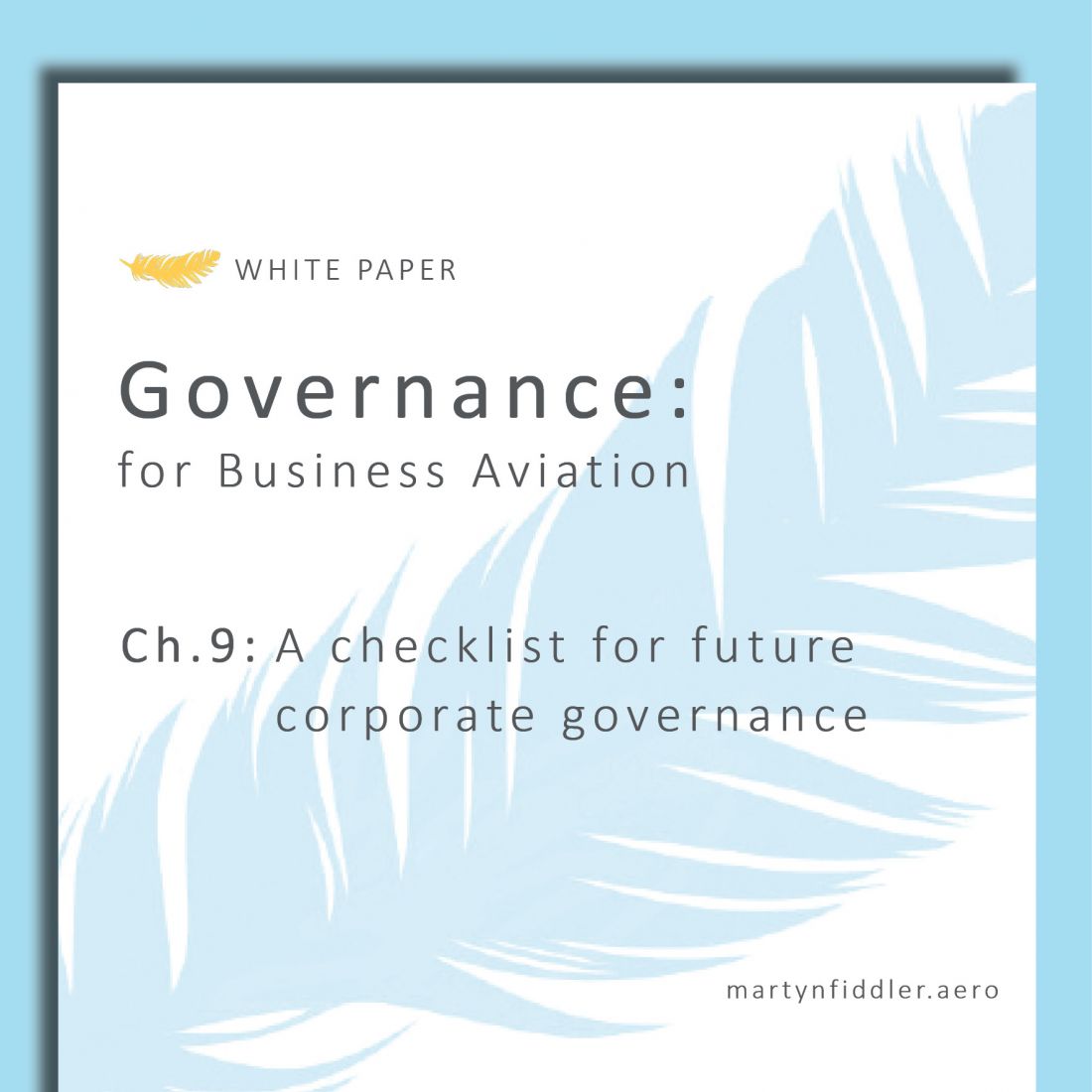
Risk and Predicting the Future
This chapter will examine how modern governance requires businesses to look beyond themselves to the wider world, and how good governance will provide the opportunities to take on these challenges.
Risk and Predicting the Future
08 Nov 2022
Governance does not sit in isolation with business. The external environment in which a business sits changes over time, sometimes rapidly, and it must adapt to survive. Businesses may succeed or fail for a multitude of reasons but governance helps the board navigate problems and provides proper direction and control.
The current pressures on businesses did not exist when the governance movement started over 30 years ago. Examples of recent governance requirements are:
- Accountability to multiple stakeholders (both direct and indirect)
- Delivering public disclosures regarding finance and operations
- Maintaining good public relations and reputation
The expectations on business to have good governance systems is exponentially increasing and this is difficult for all businesses – not just family run companies.
This week we examine how modern governance requires businesses to look beyond themselves to the wider world, and how good governance will provide the opportunities to take on these challenges.
Predicting the future
After the occurrence of the latest corporate scandal (whatever and whenever that may be), the impact on business will often be public comparison, consumer distrust and potential new regulations. Global events can also have a knock-on impact on businesses across the world, in a variety of different industries and can often appear as a complete surprise. How a business reacts in such circumstances is critical and governance plays a vital role in this.
Modern governance is more than looking inward and only to the future of the business; it requires a broader look at the international environment. Modern governance requires a view across a spectrum of world and geopolitical events.
To do this many businesses use analysis techniques such as SWOT or PESTLE. Unfortunately, most analysis is an internal project for a small team (or individual) and the results have cursory review and filed forevermore. For businesses with a governance framework, the risk matrix is generally a standard agenda item for quarterly review and therefore the most likely opportunity to consider the future.
Analysing risk is an essential part of good governance; it allows the board to project risks that may impact the business (whether negatively or positively) in the near or further future. Businesses that do not identify the likelihood of future events will have a greater exposure to potential failure than their competitors who do. The following are just some examples of using governance risk planning in the current world environment.
Politics and War
There have been very few times in history whereby military action or significant political change has been a complete surprise. The 2022 invasion of Ukraine was foreseeable at least months in advance, with many businesses closer to the region sensing tensions far before the rest of the world. Despite this, the reaction of many businesses was shock and alarm with a sudden realisation that this could have an impact on their business, their consumers and their suppliers.
Similarly political changes can impact businesses both nationally and internationally – export controls and levies, domestic business opportunities, tax boosts – to the benefit or detriment of both a business and its stakeholders.
The departure of the United Kingdom from the European Union in 2020 is one example of a well-known political event with wide ranging consequences that despite being known four years in advance still caused significant disruption and confusion when it came into effect. Businesses who successfully managed to plan, prepare and create opportunities arising from ‘Brexit’ placed themselves at a significant advantage to profit from those that did not.
ESG
Environment, social, governance (ESG) is the latest embodiment of corporate social responsibility; i.e., that businesses should consider more than profit and shareholders alone. It is a topic of much debate by business leaders, politicians and the press, and it is likely to increase the information and disclosures required from businesses going forward despite arguments against it.
CEO’s have many responsibilities, but one of the most valuable is persuading investors and similar that their companies are performing well financially and doing good for the world. If cracks appear in these stories, trouble follows.
Doing good is now frequently measured in ESG terms. The German asset management group DWS appeared to be setting an example; its CEO, Asoka Wöhrmann declared “we have placed ESG at the heart of everything we do,” in the 2020 annual report. However, the asset manager now stands accused of “greenwashing” by exaggerating the ESG credentials of its investment funds and its offices in Frankfurt were raided in 2022 by German police on suspicion of prospectus fraud. Wöhrmann then resigned.
When discussing future risk, business should rightly question the value of ESG to their business; while many commentators believe it will increase share price overall, many others are concerned that the time and cost spent on ESG compliance will not be recouped. Moreover, tales of ‘green and impact washing’ are to the detriment of businesses who have genuinely tried to realign their companies to meet ESG ideals.
However, for the short term at least the ESG movement is still growing. For this reason businesses should look to incorporate ESG criteria appropriately into their governance framework.
A McKinsey report from 2019 stated “excelling in governance calls for mastering not just the letter of the law but also its spirit—such as getting in front of violations before they occur, or ensuring transparency and dialogue with regulators instead of formalistically submitting a report and letting the results speak for themselves.”
Governance is therefore a tool to examine ESG in an appropriate way for a business and ESG should have a place on any risk map.
Sustainability
Sustainability and the environmental impact of business have never been more relevant. Whether or not a business manufactures goods or provides services, is in aviation or law, sustainability must be considered at a board level. Ignoring sustainability is a risky option for any business.
Looking to the future, the pressure for business to become increasingly sustainable will intensify. The pressure is not just from regulation or reputation but from employees, shareholders and investors. The risk of not doing anything is high, however, boards who understand that risk can also create opportunities may benefit from embracing this.
The Black Swan
A recent addition to the corporate risk matrix is the black swan – an unknown risk that could arrive suddenly and have high impact on a business in unknown ways. The 2020 global pandemic is an example of this.
While it is nearly impossible to plan or mitigate a complete unknown, modern governance provides tools to help. The business continuity plan – a business disaster reaction process – can provide a framework of matters which will need to be addressed when a sudden event occurs. Planning for such an event in advance allows for any gaps to be identified and where possible mitigated. Following the use of the plan, the board can then consider whether areas of the business (or the plan) need to be enhanced or changed.
Chapter 8 takeaways
- businesses do not exist in isolation; they are affected by international and geopolitical events outside of their territories and industries
- to stay ahead and be prepared for what could impact a businesses future, boards should look ahead – this is often done by using a risk matrix
- risks can be both positive and negative, and a business should frequently consider their risk appetite
- very few risks are unforeseeable. The board should ensure they are alive to international events and proposed changes to regulation in order to be prepared
If you wish to catch up on Weeks 1 to 8 from the Governance Whitepaper, click here
If you want to see more from Martyn Fiddler, please follow us on linkedin: Martyn Fiddler









